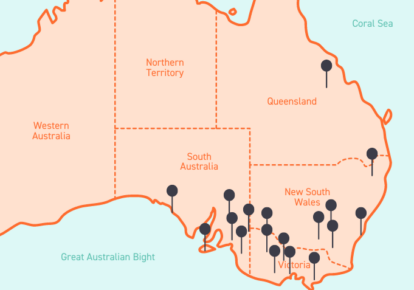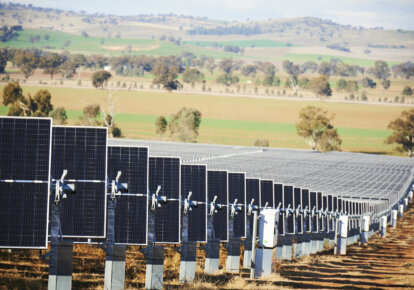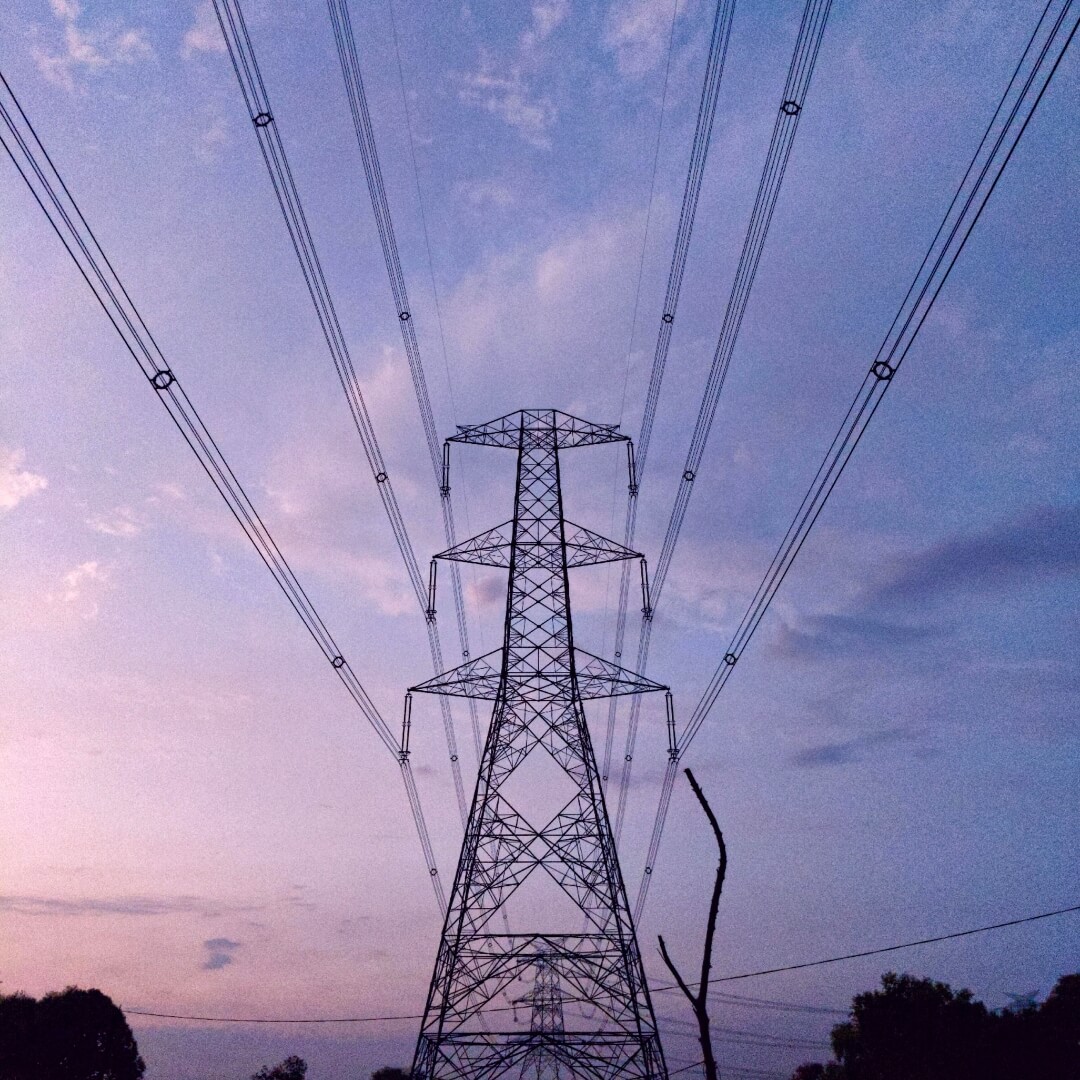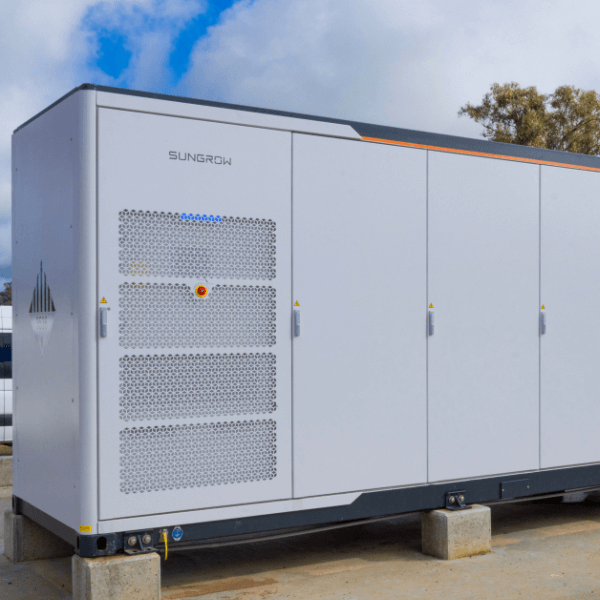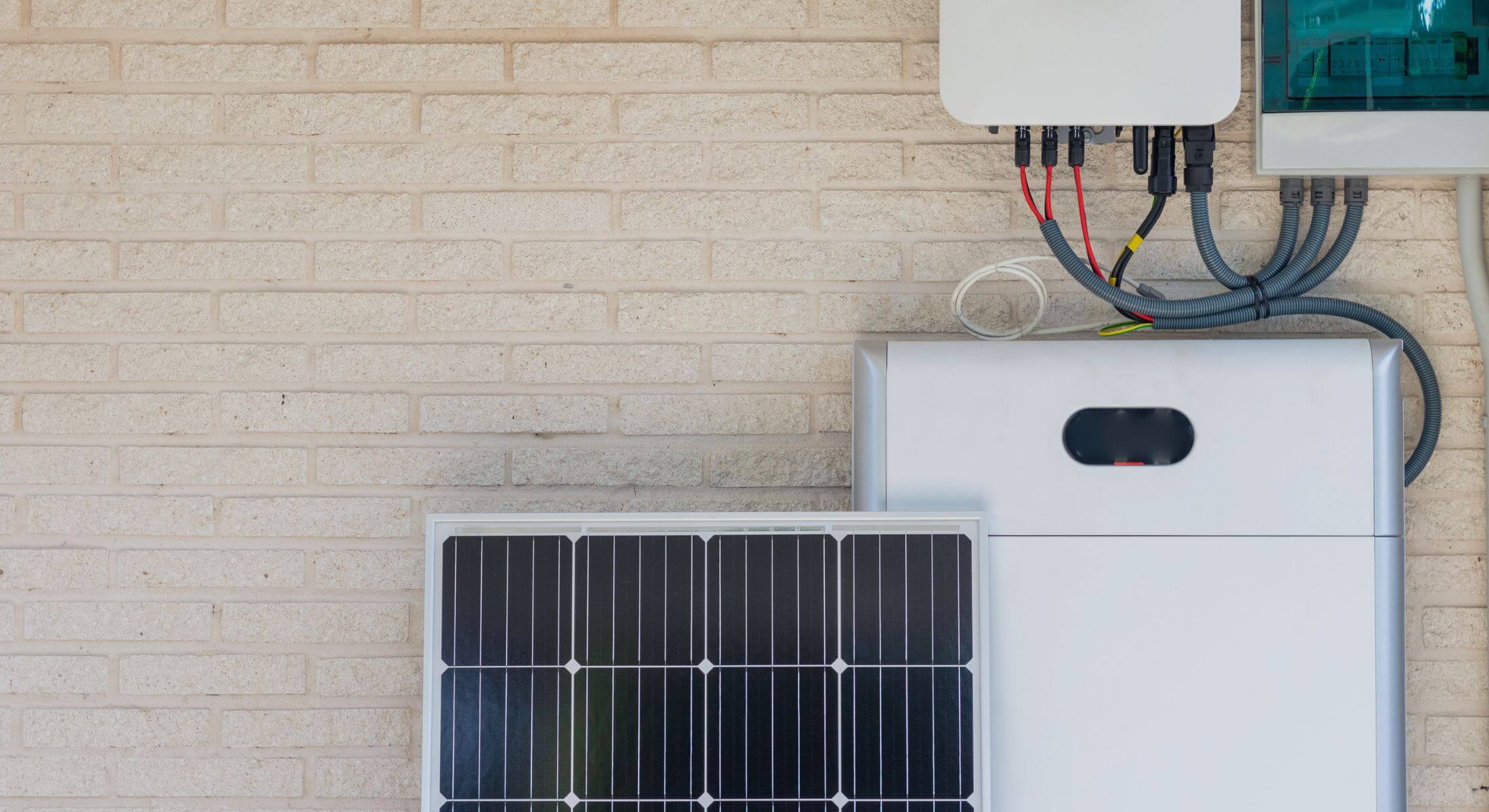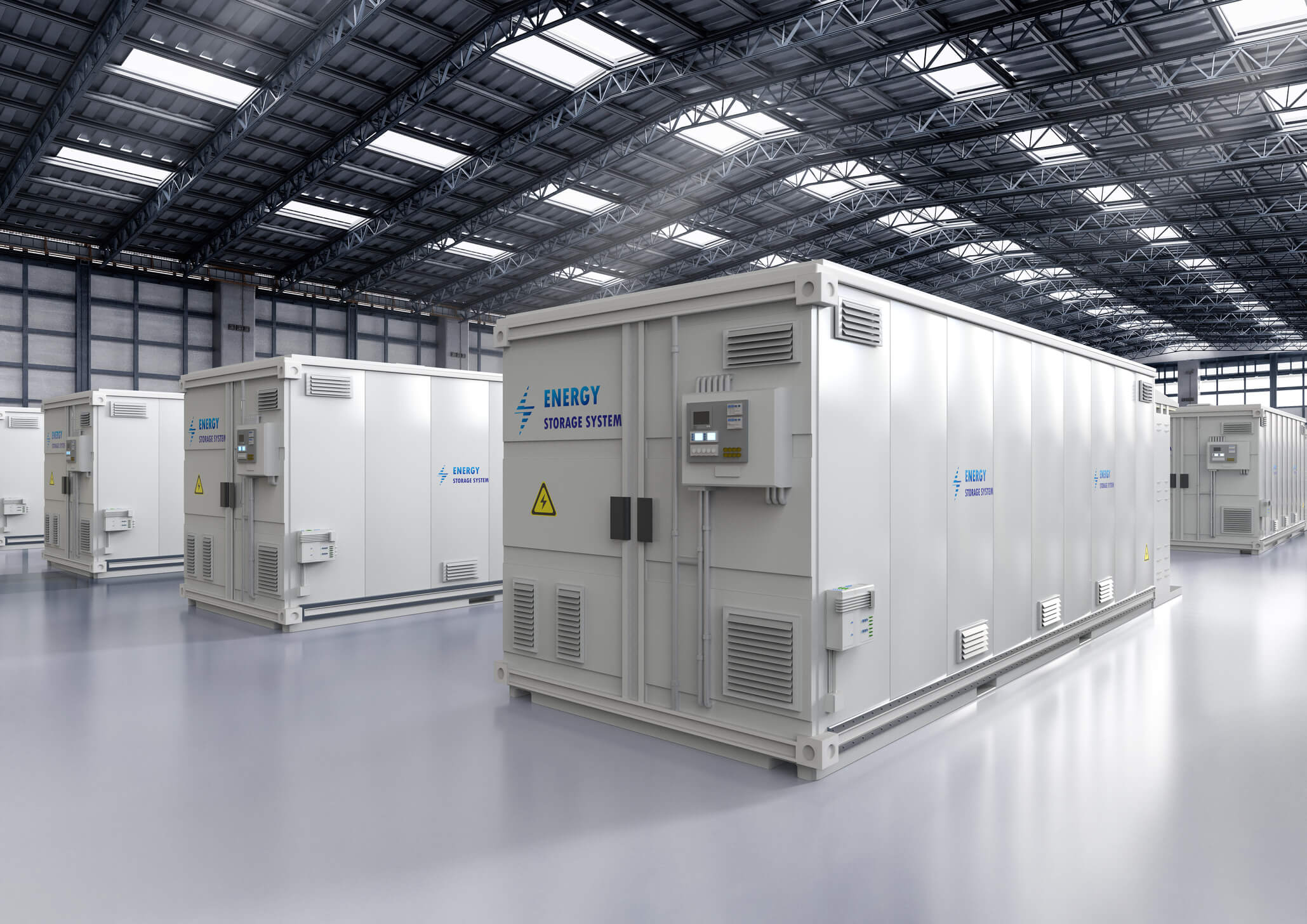The Institute for Sustainable Futures (ISF), University of Technology Sydney, in partnership with WWF-Australia, today (August, 2018) announced its report on the benefits of combining corporate renewable power purchase agreements (PPAs) with demand response for Australian businesses.https://flowpower.com.au/whats-a-ppa/
The report, Best of Both Worlds: Renewable energy and load flexibility for Australian businesses, outlines the prospective savings from the uptake of corporate renewable PPAs with demand response for three large Victorian-based businesses, representing the following industries – water utilities, agriculture and industrial manufacturing.
Utilising data provided by Flow Power and its customers, ISF evaluated the electricity consumption, operations and potential flexible usage of the three businesses – ANCA, Select Harvests and Yarra Valley Water, to determine the financial savings provided by combining demand response with corporate renewable PPAs.
Across all three businesses, demand response had the potential to reduce costs by up to 33 per cent – a figure that could translate to several hundred thousand dollars a year depending on the business. This was in addition to the significant savings already provided through the wholesale purchase of power on a corporate renewable PPA.
The modelling used the financial savings provided through corporate renewable PPAs as a baseline for estimating the additional financial savings that each business could expect from active demand response. It also assessed varying approaches to demand response, such as shutdowns of nonessential operations and on-site electricity generation, depending on each businesses.
| ANCA | Yarra Valley Water | Select Harvests | |
|---|---|---|---|
| Industry | Manufacturing | Water Utility | Agricultural |
| Demand response type | Shut down of non-essential plant | Onsite generation | Shut down of non-essential plant |
| Reduction in energy costs (on top of modelled PPA savings) | 2.3% | 24% | 33.3% |
Jonathan Prendergast, a research consultant at the Institute for Sustainable Futures and Lead Author of the report, said: “Demand response has great potential to reduce costs for the electricity grid and for customers. Our analysis of on-the-ground data confirms that well-implemented demand response can achieve cost savings and manage risk for Australian business customers paying wholesale rates.”
Australia’s electricity market is undergoing fundamental change. Retiring coal-fired plants and increasing investment in renewable generation is driving change in the electricity supply system and this is impacting how business energy users choose to purchase electricity.
Last year, Flow Power introduced corporate renewable PPAs to the Australian market with the view to giving local businesses a way to tap into low-cost wholesale renewable energy over a long-term period.
Matthew van der Linden, Managing Director of Flow Power, comments: “Demand response from businesses has a pivotal role to play in delivering reliable low-cost power for all Australians, as well as greater financial savings.
For customers on corporate renewable PPAs, firming can be the most expensive element. This report shows that demand response can remove the costs associated with firming, and yields additional savings.
Where the financial savings delivered to customers on corporate renewable PPAs over the last year are just a small snapshot of ten-year or more agreement, demand response gives businesses greater flexibility to control the prices that they pay.”
Any questions? We’re here to help.
If you’re interested in learning more about combing wind and solar for your energy contract, our friendly team are always available for a chat.
If you’re an existing Flow Power customer, please do not hesitate to reach out to your account manager.
If you’re not a Flow Power customer contact our friendly team today:
? 1300 08 06 08 (within business hours)
?️ Live chat message (within business hours via the chat button at the bottom of your screen)
Alternatively, you can submit your questions through our website contact form here.


